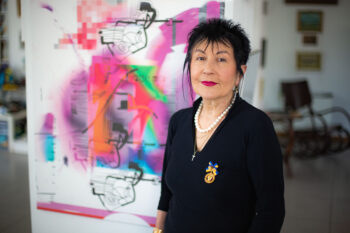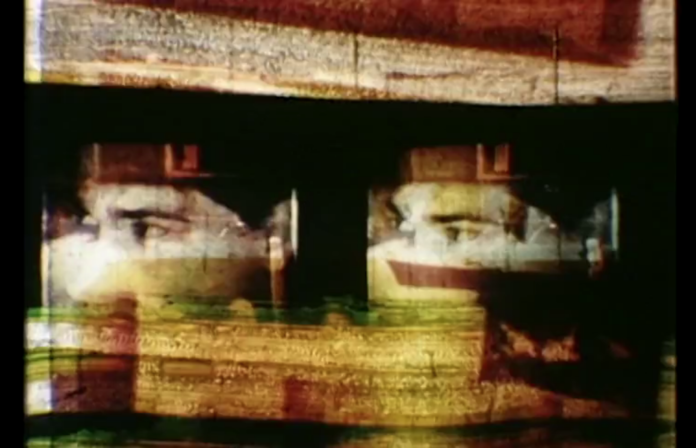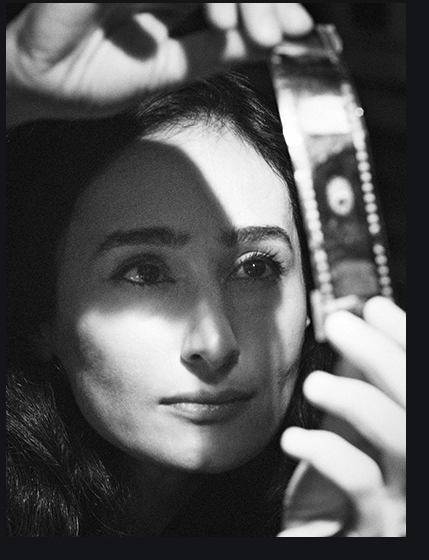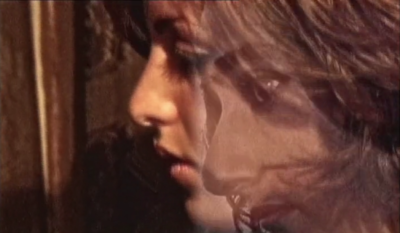Sergei Eisenstein. Maya Deren. Marguerite Duras. Agnès Varda. Sergei Paradjanov.
Canadian Armenian filmmaker Gariné Torossian belongs to a coterie of exceptional filmmakers, visionaries with a wholly original way of presenting their work to the world using the Seventh Art as their vehicle. In Torossian’s case, her handling of film’s physicality itself, her weaving film like fabric, of playing with repetition both visually and with soundtracks, her integrating of these techniques along with her own particular take on montage and the splice, finally her integration of photography and other media into her films form a truly arresting and organic body of work. In the twenty-two films that she has created to date Torossian almost always returns to themes of identity—as a woman, an Armenian, a creator, an inheritor of a millennial culture—while remaining an outsider questioning and integrating worlds within her. The diasporan and the native, the mainstream and the marginalized, the spoken and the unspoken. Starting in 1993 with the 5-minute-long “The Girl from Moush” when Torossian first came to the attention of American audiences with her subtle and questioning sotto voce that accompanied a montage of Armenian cultural figures and monuments, to the wonderfully creepy grandmother in “Hokees” (2000) who comes back to claim the child she lost during the Armenian Genocide from her own granddaughter, Torossian has marched to her own drummer. And after watching this aforementioned film no one will ever hear the word hokees (my soul/my love in Armenian) in quite the same way.

Stone, Time, Touch
The trio of diasporan women in the 2007 feature documentary “Stone, Time, Touch” (72 minutes), Canadian Armenians originally from Lebanon where the survivors of the Armenian Genocide regrouped after 1915, offer rich contrasting views of their homeland — as it was imagined and as it appears to them in person.
Torossian captures the many conflicting emotions of returning to their quasi-mythical homeland. Wonder and excitement, awe and reverence, but also disappointment and confusion when presented with a real land full of real people negotiating often difficult lives almost two decades after the fall of the Soviet Union.










